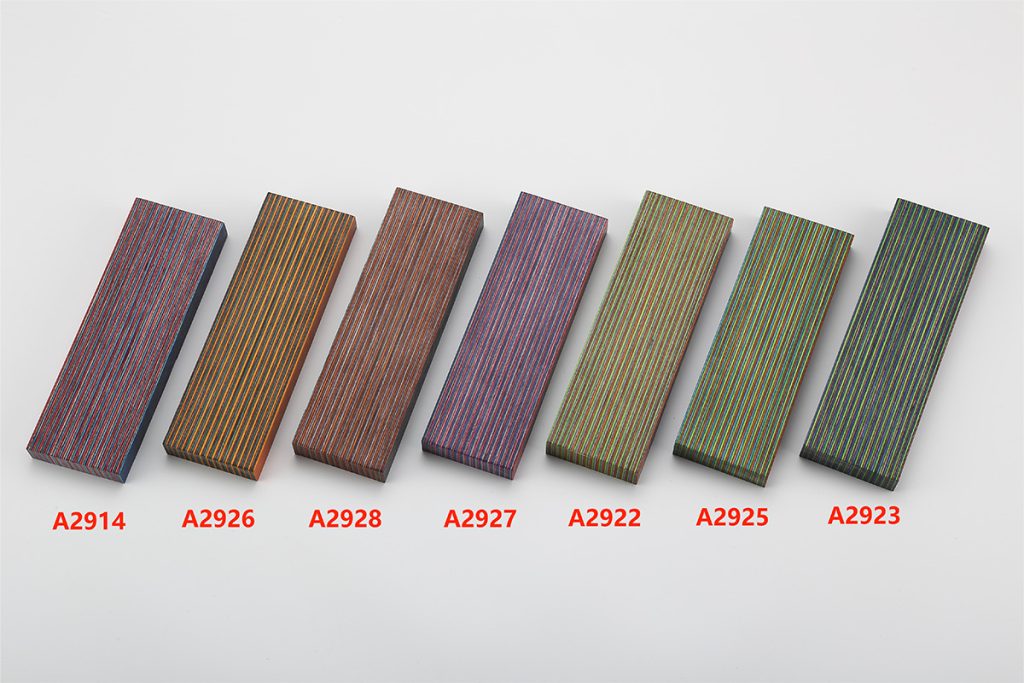What is the difference between plywood and laminated wood?
Introduction:
When it comes to wood materials, two commonly used terms are plywood and laminated wood. While they may appear similar at first glance, there are significant differences between the two. In this article, we will delve into the dissimilarities between plywood and laminated wood, and explore their unique characteristics.

1. Plywood:
Plywood is a type of engineered wood product that is made by gluing several layers of thin wood veneers together. Each layer, also known as a ply, is positioned perpendicular to the adjacent plies, creating a cross-grain structure. This construction technique gives plywood its remarkable strength, stability, and resistance to warping. Additionally, plywood is known for its affordability compared to solid wood, making it a popular choice in various applications such as furniture, cabinetry, and construction.
2. Laminated Wood:
Laminated wood, on the other hand, refers to a composite material created by bonding multiple layers of wood together using adhesives. Unlike plywood, the layers in laminated wood are usually of equal thickness. The primary purpose of laminated wood is to enhance the appearance and aesthetic appeal of the final product. It allows for the creation of unique patterns and designs by using different types of wood veneers with varying colors, grains, and textures. Laminated wood finds extensive use in manufacturing high-quality furniture, decorative panels, and interior finishes.
The Key Differences:
Now that we have a basic understanding of both plywood and laminated wood, let’s explore their main differences:
1. Construction Technique:
Plywood consists of multiple layers of wood veneers glued together with each layer positioned perpendicularly to the next. On the other hand, laminated wood involves bonding layers of wood veneers of equal thickness together, often resulting in a more uniform appearance.
2. Strength and Durability:
Due to its cross-grain construction, plywood exhibits exceptional strength and resistance to warping or twisting. Laminated wood, while still durable, primarily focuses on enhancing the visual appeal rather than structural integrity.
3. Appearance and Design:
Plywood typically has a plain and uniform appearance, making it suitable for structural applications where aesthetics are not the primary concern. Laminated wood, however, offers a wide variety of patterns, colors, and textures, allowing for more creative and decorative uses.
Conclusion:
In summary, plywood and laminated wood are distinct materials with their unique properties and applications. Plywood excels in structural strength and affordability, while laminated wood provides a visually appealing product with endless design possibilities. Depending on the specific requirements of a project, one may be preferred over the other.
Guangdong Carpenter Wood Technology Co., Ltd:
If you are looking for high-quality colored laminated wood blanks, Guangdong Carpenter Wood Technology Co., Ltd is your ideal choice. As a leading manufacturer in the industry, they specialize in producing a wide range of laminated wood products tailored to meet your specific needs. With their expertise and commitment to excellence, you can trust them to deliver top-notch colored laminated wood blanks for your next project.
Note: This article is purely for informational purposes and does not constitute professional advice. It is always recommended to consult with experts or specialists in the field for precise guidance.


